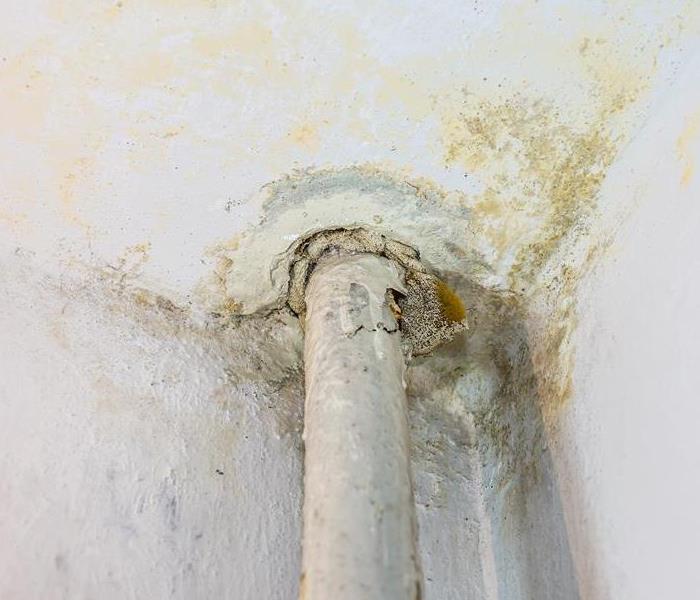Dealing with a Pipe Break: Steps to Take for Effective Recovery
7/24/2023 (Permalink)
Experiencing a pipe break in your home can be a distressing situation, potentially leading to significant water damage if not handled promptly. Acting swiftly and knowing the right steps to take can help minimize the impact of the pipe break and ensure a successful recovery. In this blog, we will guide you through the essential steps to follow after a pipe break, enabling you to mitigate water damage, protect your property, and restore normalcy.
Shut Off the Water Supply
The first and most crucial step is to shut off the water supply to the affected area. Locate the main water shut-off valve in your home and turn it off to prevent further water flow. If you're unsure of the location or have individual shut-off valves for specific areas, such as sinks or toilets, turn off those valves instead.
Assess the Damage
Evaluate the extent of the water damage caused by the pipe break. Inspect the affected area and surrounding spaces for signs of water pooling, wetness on walls or ceilings, or any structural damage. Take photographs or videos of the damage for insurance purposes.
Call a Professional Plumber
Contact a licensed plumber immediately to repair the broken pipe. Professionals have the expertise and tools to fix the issue correctly, minimizing the risk of future problems. Avoid attempting a DIY repair unless you have the necessary skills and knowledge.
Remove Standing Water
If there is standing water due to the pipe break, remove it as quickly as possible. Use mops, towels, or a wet/dry vacuum to soak up the water. Ensure proper ventilation and airflow by opening windows and using fans or dehumidifiers to aid in drying the affected area.
After removing standing water, focus on thoroughly drying the affected area to prevent mold growth and further damage. Use fans, dehumidifiers, and natural airflow to facilitate drying. Monitor moisture levels with a moisture meter and ensure that all surfaces are completely dry before proceeding with repairs.
Salvage and Clean Personal Belongings
If personal belongings or furniture have been affected by the water, move them to a dry area and assess the damage. Salvage items that are salvageable and set aside those that require professional cleaning or restoration. Thoroughly clean and disinfect any items that have come into contact with the water.
Assess Structural Damage
Inspect walls, floors, and ceilings for signs of structural damage caused by the pipe break. Look for sagging, cracking, or warping. If significant structural damage is present, consult a professional contractor or structural engineer for further evaluation and necessary repairs.
Take thorough documentation of the damage, including photographs, videos, and written descriptions. Contact your insurance company to report the incident and initiate the claims process. Provide them with the necessary documentation and keep a record of all communication with your insurance company.
Dealing with a pipe break requires quick action and proper handling to minimize water damage and prevent further complications. By following these steps you can effectively navigate the aftermath of a pipe break and restore your home to its pre-damage condition. Remember, if the damage is extensive or if you're uncertain about the necessary repairs, it's always wise to seek professional assistance to ensure a thorough and successful recovery process.




 24/7 Emergency Service
24/7 Emergency Service
